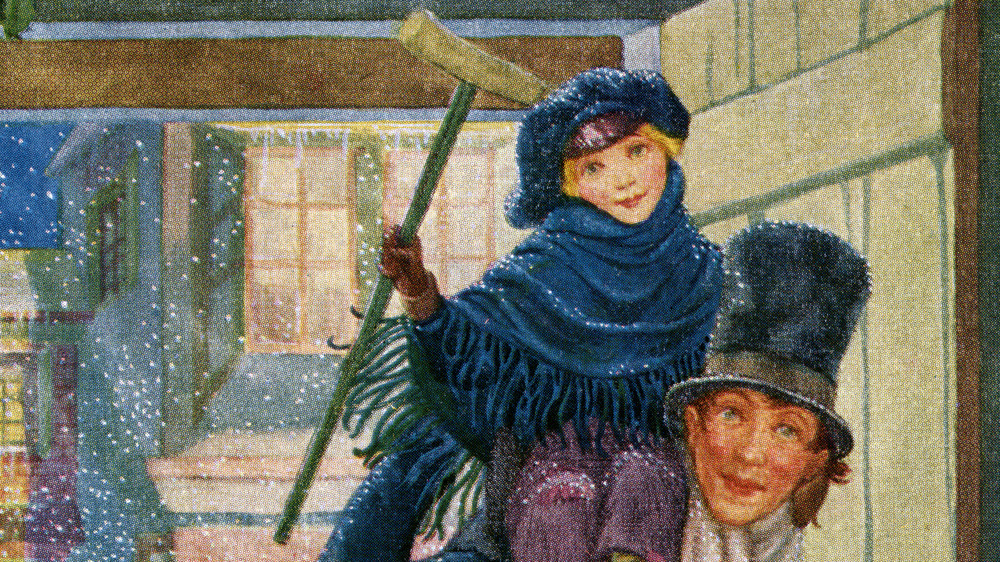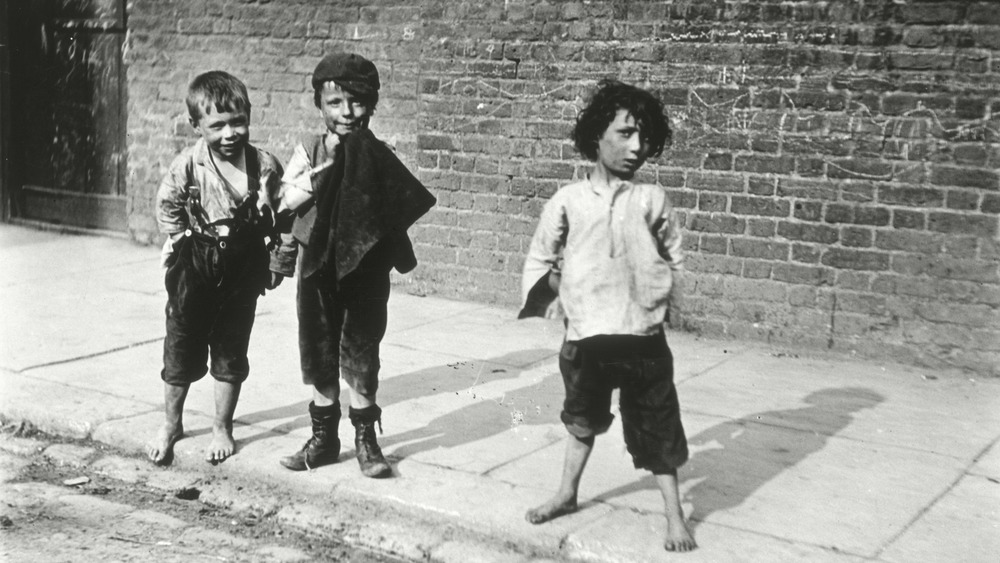Why Was Tiny Tim Cratchit Sick?
Say "God bless us, everyone!" and the "everyone" you are addressing it to is sure to know what you're referencing, especially at this festive time of year. Arguably, it is the key line in one of the world's favorite Christmas stories: Charles Dickens' A Christmas Carol, first published in London in 1843. The line is spoken by one of the book's little-seen but most famous and enduring characters: Tiny Tim Cratchit, the son of Bob Cratchit, a clerk in the offices of the book's miserly main character, Ebenezer Scrooge. Tiny Tim is the "positive and generous" heart of Dickens' allegorical tale, whose patience and angelic desire to bring goodness to those around him stands as the counterpoint to the greed and misanthropy of Scrooge.
It is Tiny Tim whose life, more than any other in the book, is on the line should Scrooge refuse, in the face of those truths revealed to him by the Ghosts of Christmas Past, Present, and Future to change his selfish ways. Dickens tells us that "alas for Tiny Tim, he bore a little crutch, and had his limbs supported by an iron frame," and that Bob's little boy is seriously ill. It is later revealed that Tiny Tim will eventually die if he remains in poverty as a result of Scrooge's continuing meanness. But what is Tiny Tim actually suffering from?
Tiny Tim's modern diagnosis
Though we are given some details about Tiny Tim's condition in A Christmas Carol, nowhere in the book does Dickens ever tell us exactly what the angelic child's illness is. However, in recent decades, a number of medical researchers have made an effort to definitively diagnose Dickens' most adorable character.
In a 1992 article titled, "What Was Wrong With Tiny Tim?" Dr. Donald W. Lewis decided to offer some diagnoses. Highlighting Dickens' claim that Tim would die "if these shadows remain unaltered by the Future," Lewis argued that the disease must have been curable in Dickens' time. As such, he put forward two potential conditions: rickets, a bone condition that affects children due to vitamin D deficiency, and renal tubular acidosis, a form of kidney failure.
The medical profession turned its stethoscope towards Tiny Tim again in 2012, according to Life Science, when Russell Chesney of the University of Tennessee Health Science Center in Memphis made his own diagnosis: a combination of rickets and tuberculosis, again caused by a deficiency of vitamin D. Chesney argues that the poverty in which Tiny Tim was said to live would have likely been responsible for his condition, and points out that it is now believed that in Dickens' day up to 60% of working-class children had rickets, while around half showed symptoms of tuberculosis: both manageable with a healthy dose of sun and a proper diet.

